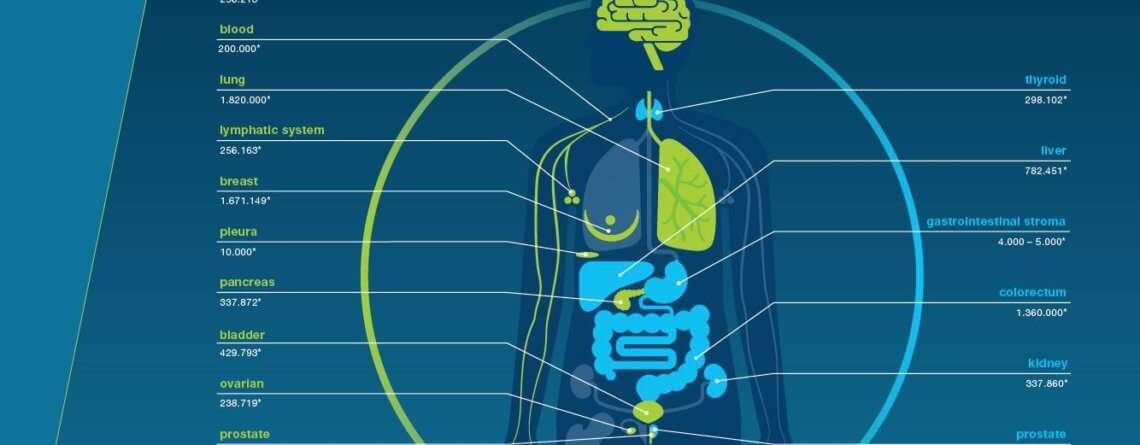
The possibility is Treatment for some type of cancers
When you have heard those dreaded words you have cancer in your doctor’s mouth that moment can be touching. With that, you started thinking about all the radiation treatments, chemotherapy and medicines that change your life completely.
When it comes to cancer survival, there is no guarantee. But cancer experts are more successful in treating certain types of cancer. Early detection is the key when it comes to cancer survival. For early detection, one needs to undergo a regular review. According to the data, the incidence of cancer has increased among Americans, not all cancers are fatal, and some can be easily treated. Some doctors and cancer experts began using the word cure for cancer. While you can never be sure that cancer will go away for good treatment, medical experts have found success in treating some types of cancer. Here is a list of the five most curable cancers with strong survival rates:
Cervical cancer: Cervical cancer is a curable cancer with a five-year survival rate of 100%. It is one of the most treatable cancers due to the effective techniques available to detect cancer. An effective screening method called the rapid Pap test detects the presence of abnormal cells in the cervix even before they become cancerous and harmful to health. However, if cancer cells appear on the cervix, they grow slowly. If these cells are diagnosed in a precancerous stage before they become cancerous, they can be treated before they develop, grow, or spread to nearby areas.
Breast cancer: people get rid of breast cancer for five years after diagnosis. Medicines and modern techniques make it treatable against cancer. Cancer experts today know more about how to detect and treat breast cancer. They understand the condition better than ever. They know that the type of cancer is divided into different parts. Researchers have devised different medications for breast cancer to treat specific types. If it is diagnosed before, it is easy to treat and heal after it spreads to the surrounding area. Some types are more treatable compared to others. An estrogen receptor positive or ER positive for breast cancer will benefit from medications such as Mamofen 10 mg that reduce estrogen levels in the bloodstream. While a triple negative breast cancer does not benefit from targeted therapies. A mammogram is a screening test that can help you live longer. The American society against cancer recommends annual screening tests starting at age 40.
Testicular cancer: In the early stages, when the growth of cancer cells has not spread to other parts of the body, doctors can cure testicular cancer by surgically removing the testicles that have a tumor. For late-stage cancer, surgery along with radiation and chemotherapy often works well. There are treatments available for advanced stages. The five-year survival rate for testicular cancer is 73%, which is good enough for a later stage of cancer. There are no screening tests available for testicular cancer. The presence of a lump in a testicle can help identify the presence of abnormal cells. If one testicle becomes larger than the other, it could be an early indication of a testicular tumor.
Prostate cancer: many prostate cancers progress slowly. Many men who suffer from this type of cancer can live for years without complications. A prostate tumor is not so harmful that it required treatment. People die for something more than their prostate tumor. Metastatic cancer is difficult to treat. However, a small percentage experience the spread of a tumor to distant parts of the body. Even in this case, men live five years after being diagnosed. Cancer experts generally detect most prostate cancers at a very early stage. A rectal exam can help in which a doctor checks your testicles with your gloved fingers.
Melanoma-melanoma or skin cancer can usually be detected with the naked eye in its early stages. It can be easily removed with the help of surgery if it has not crossed the surface of the skin. If you cannot detect it early, it can go beyond the surface of the skin and then it becomes difficult to treat. Only between 15 and 20% of the population finds skin cancer after native parts. These people will remain alive five years after their detection. Your doctor can help identify the presence of melanoma by checking your back, scalp, scrotum and between your toes. A regular screening test is recommended if you have a high risk of developing melanoma.

